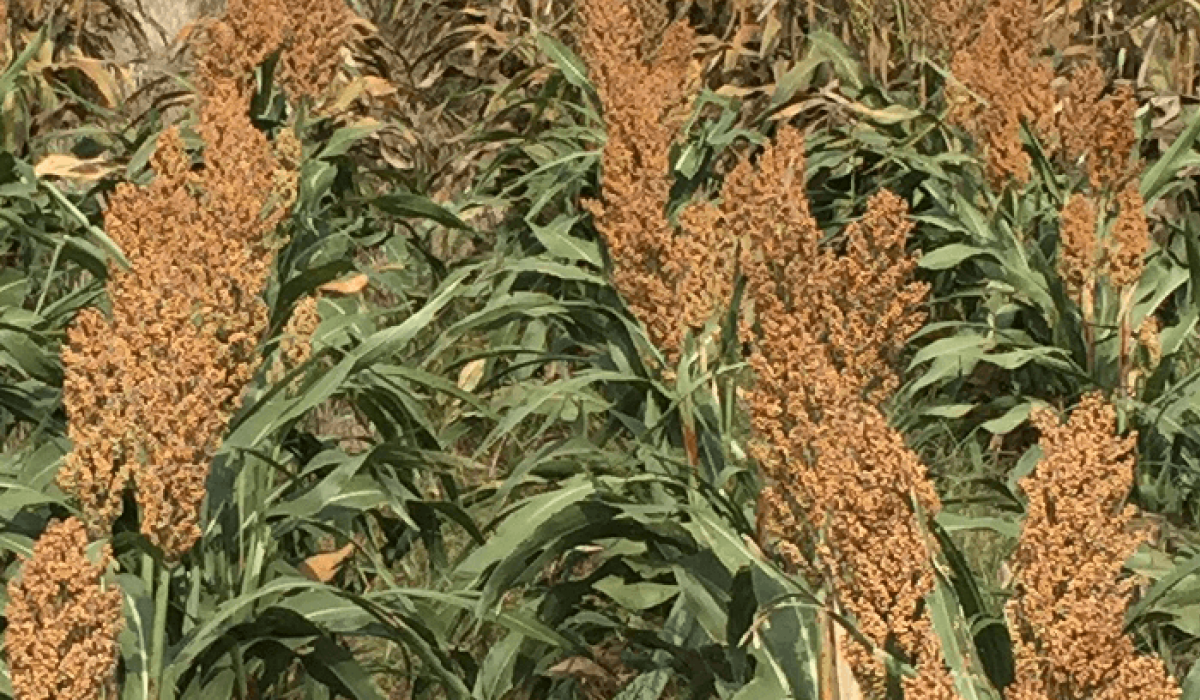
Several lepidopteran species infest developing panicles. Larval identification is challenging and time intensive, so current recommendations are often simplified by treating all larvae equally across species. Consequently, the yield-loss model developed for corn earworm (Helicoverpa zea) by Buckley and Burkhardt (1962) has been the foundation for management recommendations in modern sorghum Integrated Pest Management (IPM) programs for the last 49 years. Additionally, although pest populations primarily include both fall armyworm (Spodoptera frugiperda) and corn earworm, only a single species damage estimate is used in economic threshold (ET) and economic injury level (EIL) calculations despite multi-species infestations. This research demonstrates both the validation of current management recommendations for corn earworm and the verification of previously assumed damage potentials for fall armyworm feeding in developing sorghum panicles. These results have important implications for sorghum producers faced with making a management decision for multi-species infestations.
This work was funded by the Center for Sorghum Improvement (USDA).
Publications:
Soper, A. 2011. Integrated pest management of noctuids in Kansas sorghum: a bioeconomic approach to agricultural pest management. Kansas State University, M.S. Thesis. http://hdl.handle.net/2097/13130
Soper, Alysha M., R. Jeff Whitworth, and Brian P. McCornack. 2013. “Sorghum Seed Maturity Affects the Weight and Feeding Duration of Immature Corn Earworm, Helicoverpa Zea, and Fall Armyworm, Spodoptera Frugiperda, in the Laboratory.” Journal of Insect Science 13 (July). doi:10.1673/031.013.6701.
